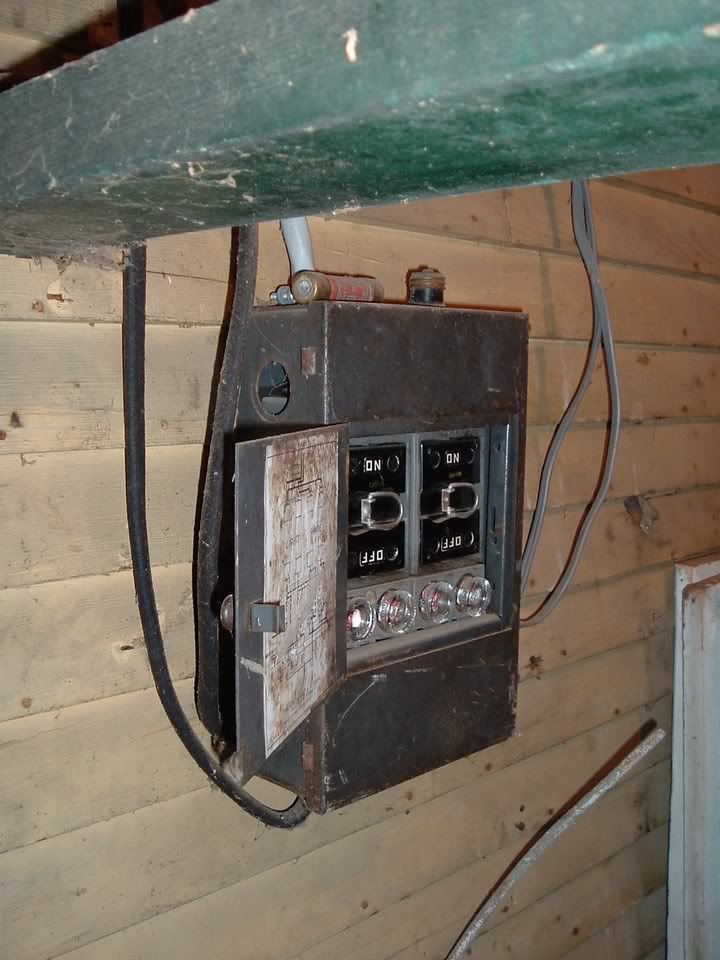Ah. Well, I guess you'd have to chalk that up to the writers of those other manuals not being as thorough as the guy who wrote the table saw manual. There's nothing magic or different about the 15 amps the table saw draws versus the 15 amps something else draws.
If the table saw manual says, or implies, "One breaker, one wire, one receptacle! No exceptions!" -- that's an example of the manufacturer's lawyers being in Full CYA Mode. Having only one outlet would eliminate any possibility of their being anything else running at the same time as the saw, but, again, additional outlets won't hurt a thing as long as there is no load on them when the table saw is running.
If the table saw manual says, or implies, "One breaker, one wire, one receptacle! No exceptions!" -- that's an example of the manufacturer's lawyers being in Full CYA Mode. Having only one outlet would eliminate any possibility of their being anything else running at the same time as the saw, but, again, additional outlets won't hurt a thing as long as there is no load on them when the table saw is running.






Comment